Brussels has another yet another brewery, and it is a historic one. What is now Brasserie/Brouwerij Taymans first opened in the Jette neighborhood, to the northwest of the city center, in 1906, as Brasserie-Malterie Taymans. For the first five years of its existence, Taymans was a lambic blendery and maturation warehouse. It was located on Van Huyneghem street (which was known at that time as Vandenschriek street.) A brewery was added across that street in 1911, with a 120 hectoliter (about 102 U.S. barrels) brewhouse, consisting of four vessels.
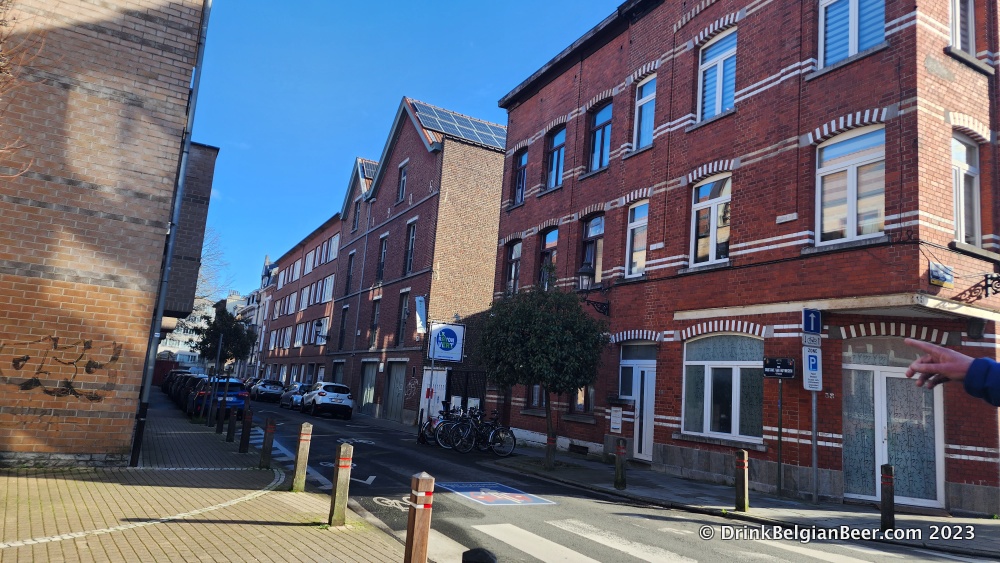
The brewery was founded by Adolphe-Philippe Taymans, a brewer from Molenbeek-Saint-Jean, and his father in law, Pierre Belien, a beer merchant based in Jette-Saint-Pierre. The primary market for the Taymans beers was Brussels. “The brewery distributed lambics, gueuze, and kriek directly to cafes in Brussels,” says Jean-Marc Taymans, brewer and co-owner of Taymans. He is one of six grandsons of Pierre Taymans, who currently own and run the “new” Brasserie/Brouwerij Taymans.
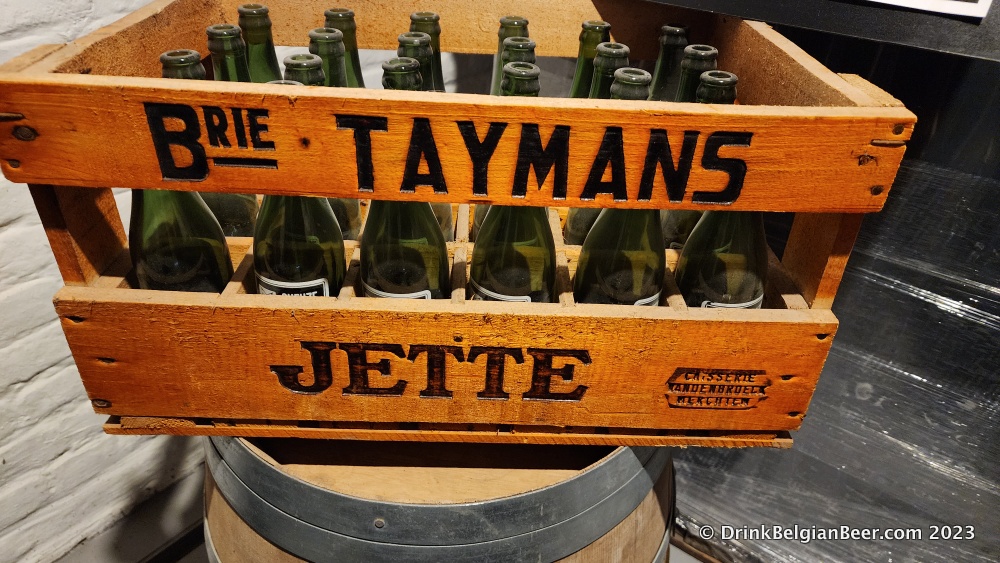
In the 1920s, a malt house was built beside the brewery, and the beer warehouse was enlarged.
Adolphe-Philippe Taymans died in 1936, and the Taymans brewery was taken over by his son, Adolphe-Pierre Taymans, usually referred to as Pierre Taymans. Pierre ran the brewery until his retirement in 1970, at which point it was closed. The primary reason for shutting the brewery down after Pierre’s retirement was the waning popularity of lambic beer. The three buildings that comprise the Taymans complex were then used for other purposes. The original brewery building was used as a youth center after it was decommissioned as a brewery (the building was then the property of the municipality) and was torn down sometime in the late 1990’s. However, the original beer warehouses and workshop remained.
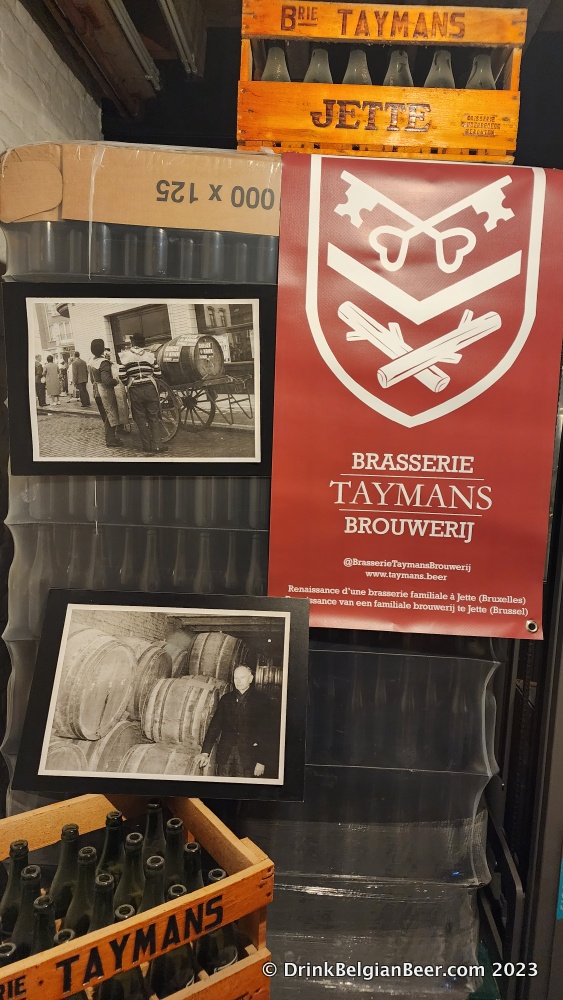
In 2022, the six grandsons of Pierre Taymans officialy reopened Brasserie/Brouwerij Taymans with a new, English manufactured, 10-hectoliter (8.5 U.S. barrel) brewhouse. “Our family still owned the workshop and and cellars of the old brewery, on rue Van Bortonne,” says Jean-Marc. “So this is where we built the new brewhouse. This is actually the smallest of the three buildings that used to house the old brewery and maltery.”
He added: “By 2015, we all agreed that we wanted to open a new brewery. But with a plan. So, in that year, we started to take courses on how to homebrew, and we did a lot of experimentation with that for a few years. In 2018, we decided to move forward with the project, to preserve this site for the future, and to brew here again. It took some time to obtain the permits, and so the brewhouse was installed in 2020,” Jean-Marc added.
The brewhouse was built by PBC Brewery Solutions, of Great Harwood, Blackburn, in the United Kingdom. It is 1/12 of the size of the original 1911 Taymans brewery.
The first batch of “new” lambic was brewed and put into barrels in February 2022. “If all goes well, we might have our first gueuze here in a year or so,” Jean-Marc told me recently.
As you can see by watching the above video, Taymans already has built in expansion capabilities: “We purchased the old 20-hectoliter mash tun of Brouwerij Alvinne,” Jean-Marc says. “So we can double production when demand warrants.” As any Alvinne beer drinker knows, that old brewhouse has already helped create a lot of fantastic brews, and that is likely to happen again in the future at Taymans!
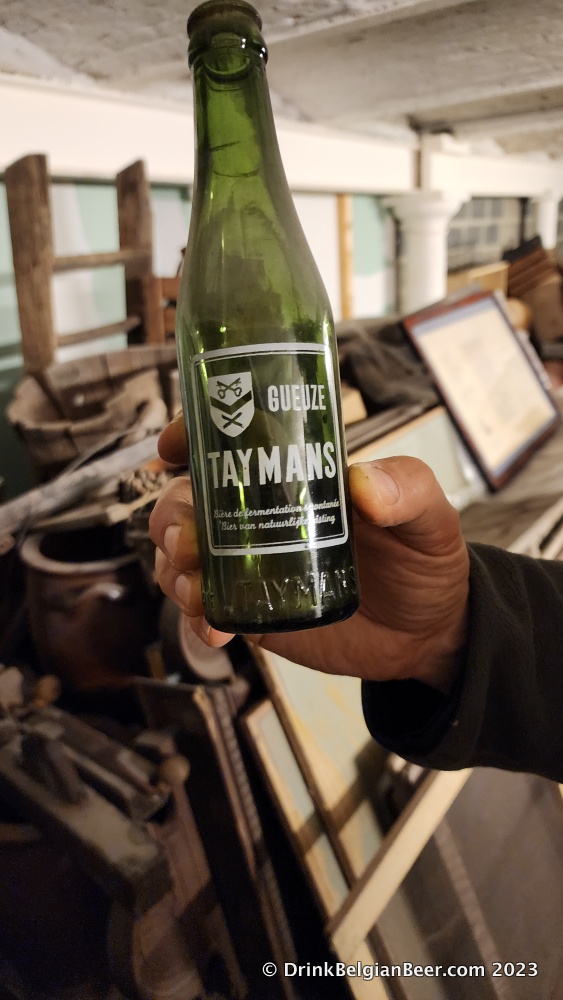
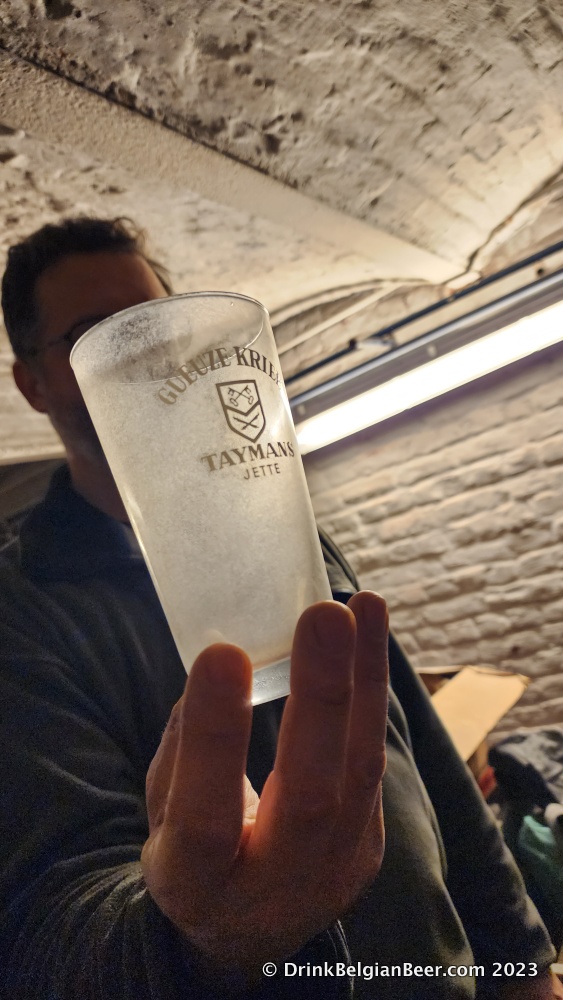
While there was no such thing as “Oude Gueuze” when the brewery closed in 1970, that appellation and legal protection having been created later, the brothers do intend to brew Oude Gueuze, which must contain some portion of a minimum of three year old lambic, blended with a younger lambic or lambics, and then bottled, and refermented in the bottle. Most current lambic producers blend one, two, and three year old lambics together to make Oude Gueuze (Oude Geuze in the Dutch language) though this is not a requirement. “We will likely bottle a gueuze with one, two, and three year old lambics to start. It is also likely that we will offer our Oude Gueuze in both 37.5 cl and 75 cl bottles, but it might be one or the other size for the first year or two,” Jean-Marc remarked recently.
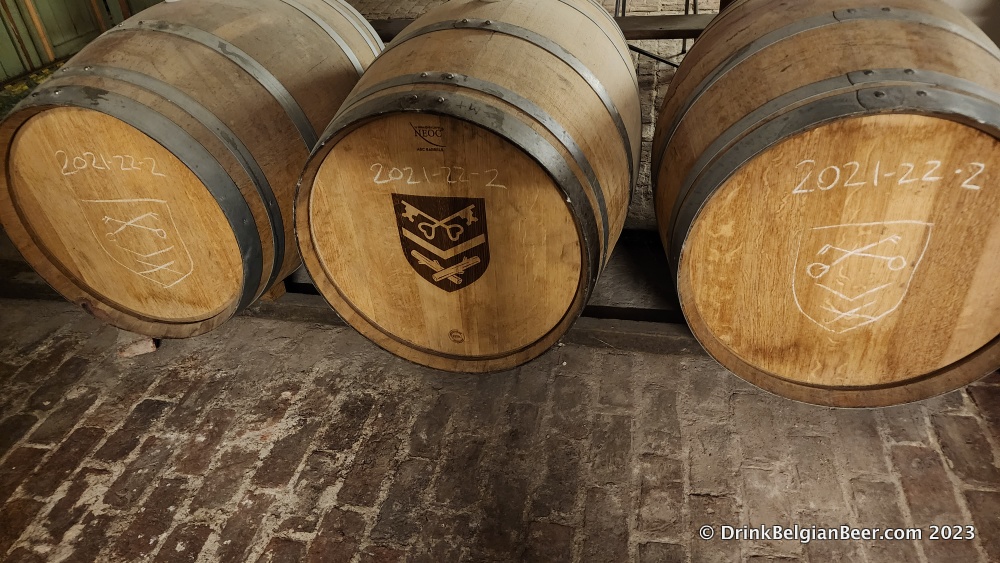
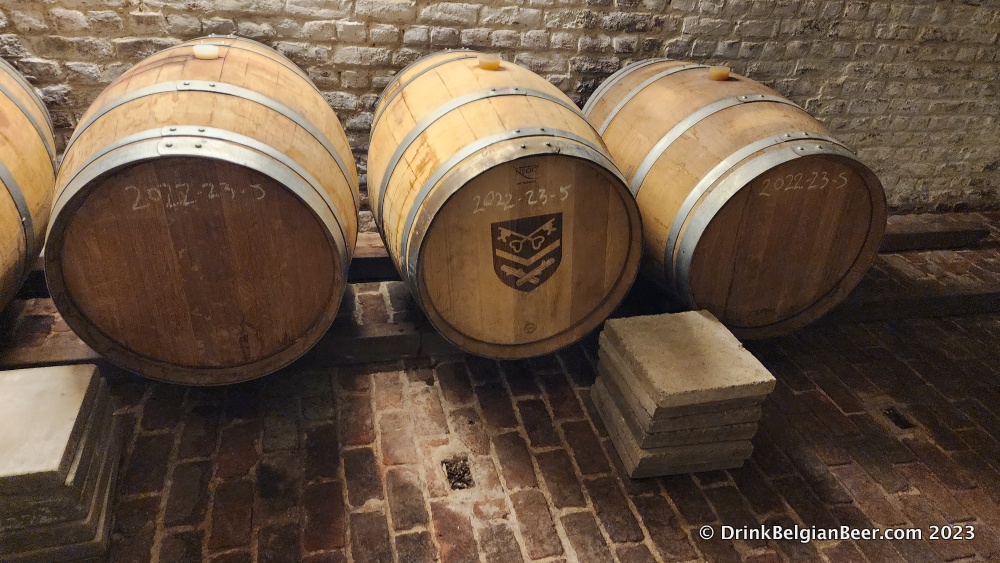
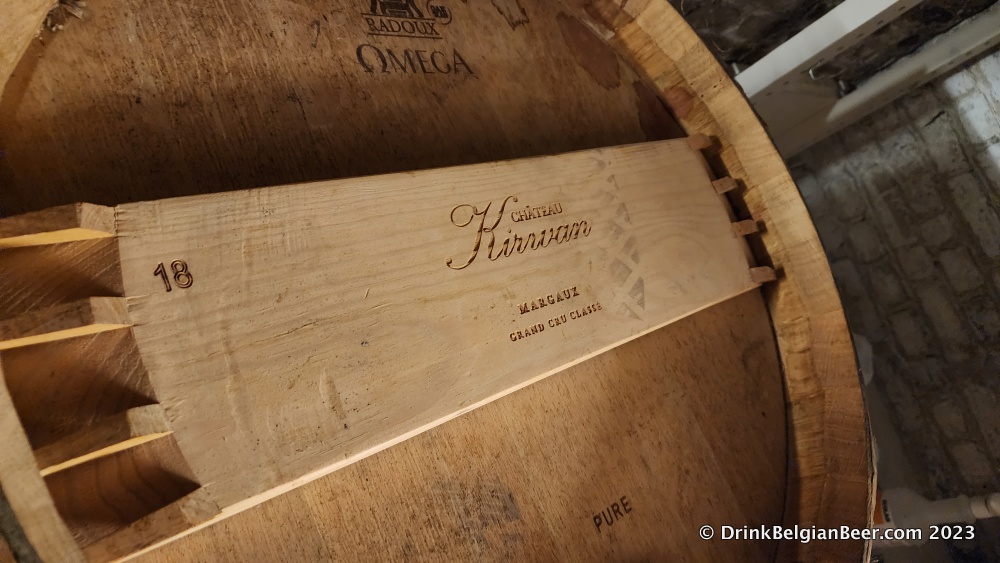
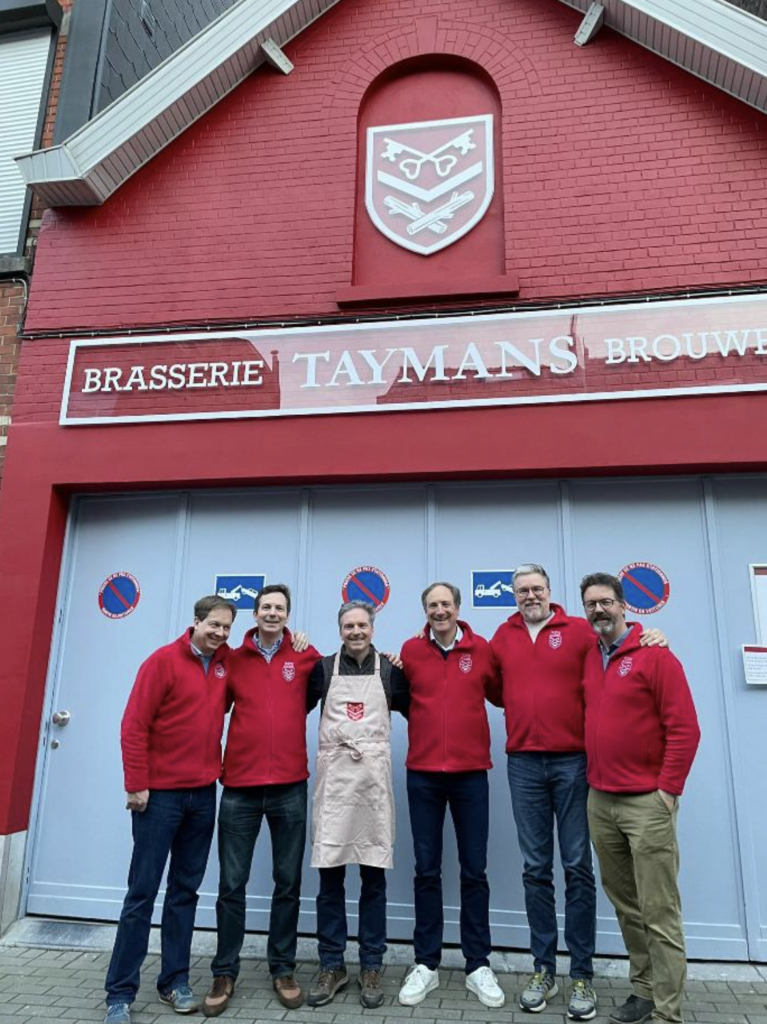
Jean-Marc.
The brothers are the aforementioned Jean-Marc Taymans; Benoit Taymans; François Taymans; Joseph Taymans; Laurent Taymans; and Robert Taymans. Having met four of the six brothers, I noted that they spoke English with a perfect American accent, and there is a very good reason for that: “We grew up in Washington, D.C.” says Jean-Marc. “Our dad worked at the Belgian embassy there for 16 years, as an attaché in economic affairs. We lived in Georgetown, then Bethesda, and went to school in D.C.,” he added.
I hope that, perhaps in a few years, they might return to the U.S. for a visit, with their own Brussels-brewed Oude Gueuze, Kriek, and Lambic. That could make for a great night at The Sovereign in D.C., which is one of the U.S.A.’s premier Belgian beer bar/restaurants. The Sovereign is run by beer expert (and Snallygaster Beer Festival Director) Greg Engert. “We still have lots of old friends in the D.C. area,” Jean-Marc told me.
Each brother contributes in their own way to the operation and administration of the brewery. They have specialties in brewing, communications, finance, and marketing. As to the hard work of the actual brewing, Joseph (“Joe”) Taymans remarked: “We brew together in the evenings or on weekends.” François Taymans added: “This brewery is a reason to keep the memory of our parents alive. They passed on to us a spirit of sharing, and of living together. We are quite united.”
If you are wondering why the brewery is named: “Brasserie/Brouwerij Taymans” it is because the French word for brewery is Brasserie, and the Dutch word is Brouwerij. “As we all speak French and Dutch, and the brewery is in Brussels, which is a multilingual city, with French and Dutch being the two primary local languages, we use both names for brewery,” Jean-Marc commented during my visit.
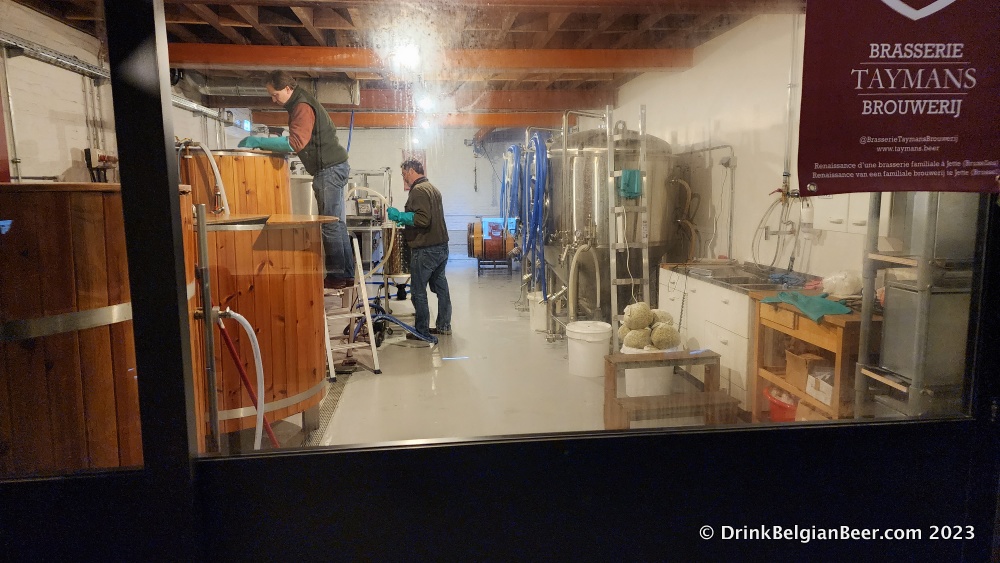
I visited Taymans during a lambic brew day on February 25, 2023, and four of the six brothers were present. They noted that while the original brewery only produced lambic beers such as gueuze and kriek, they restarted the brewery not only with lambic, but with a saison, an IPA, and a seasonal amber ale. “We want to have a nice offering of Belgian beers, as we are a neighborhood brewery, and local Brussels brewery. So yes, we are brewing lambic here, but more,” François Taymans remarked during our visit.
He added: “Also, it takes over three years when brewing lambic to make a gueuze, so we wanted to have some interesting beers for visitors to taste in the meantime. Our three brews have been well received so far, and are available in a few cafes and retails shops in Brussels.”
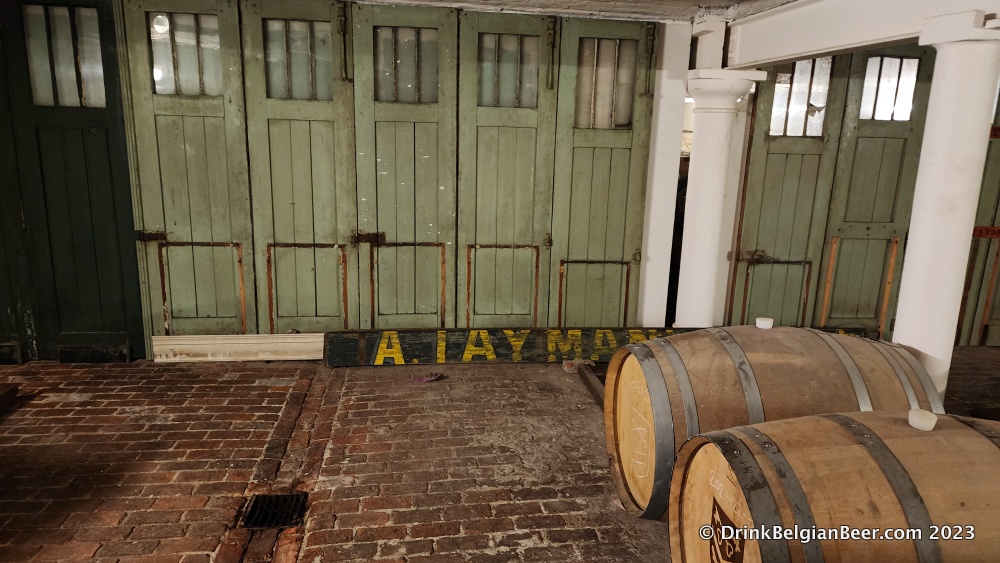
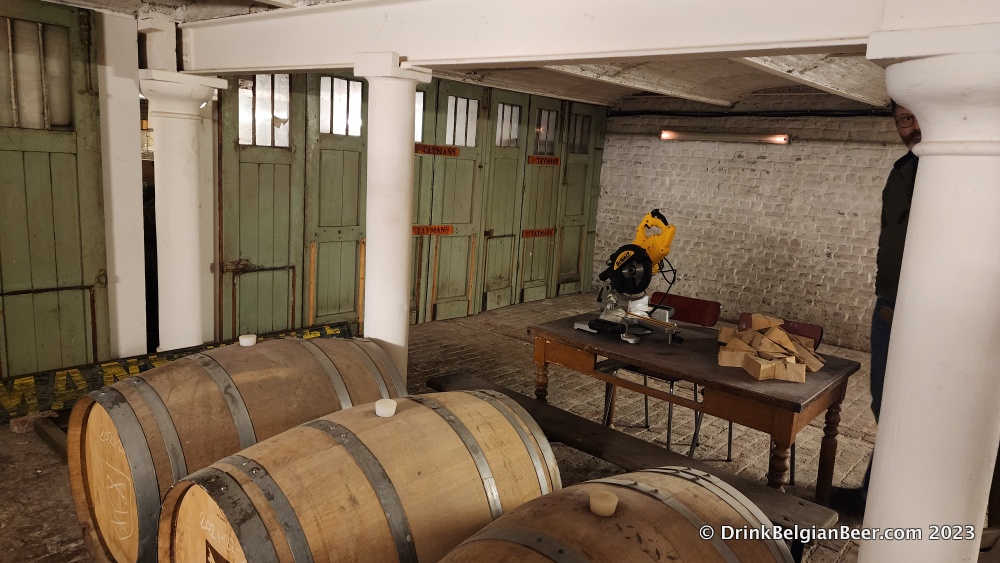
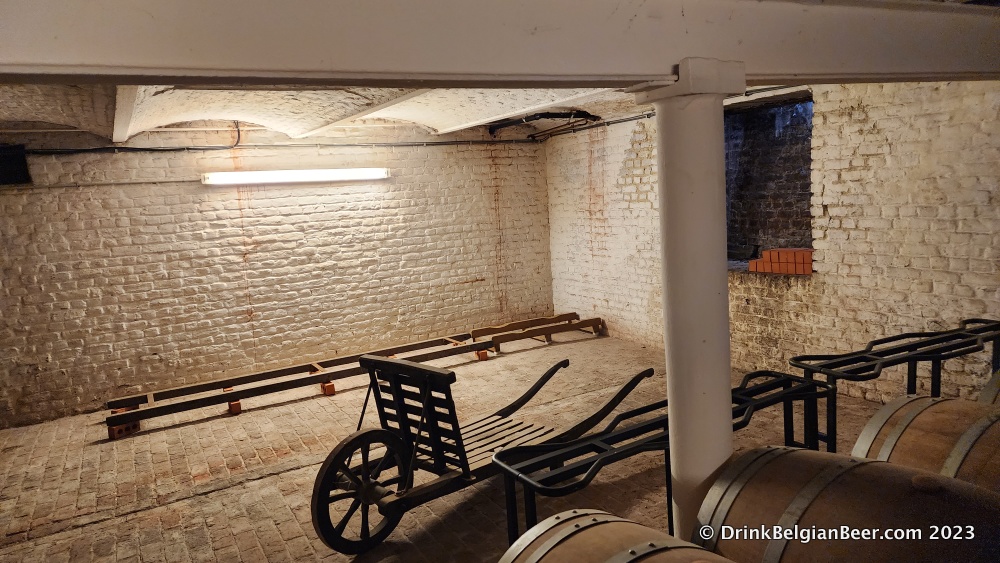
My little group, which included lambic aficionado extraordinaire Dave Atkins of the U.K. and two other lambic loving friends, was given a warm welcome and excellent tour of the brewery and its cellar full of old lambic breweriana and equipment by the four brothers present. There are old bottles, glassware, coasters, wooden crates, and much more in the old cellar, some of which the brothers have taken and put into a display upstairs at the entrance to the brewery. The Taymans site is full of lambic heritage and history, and is a great addition to the lambic beer world and beer scene in Brussels.

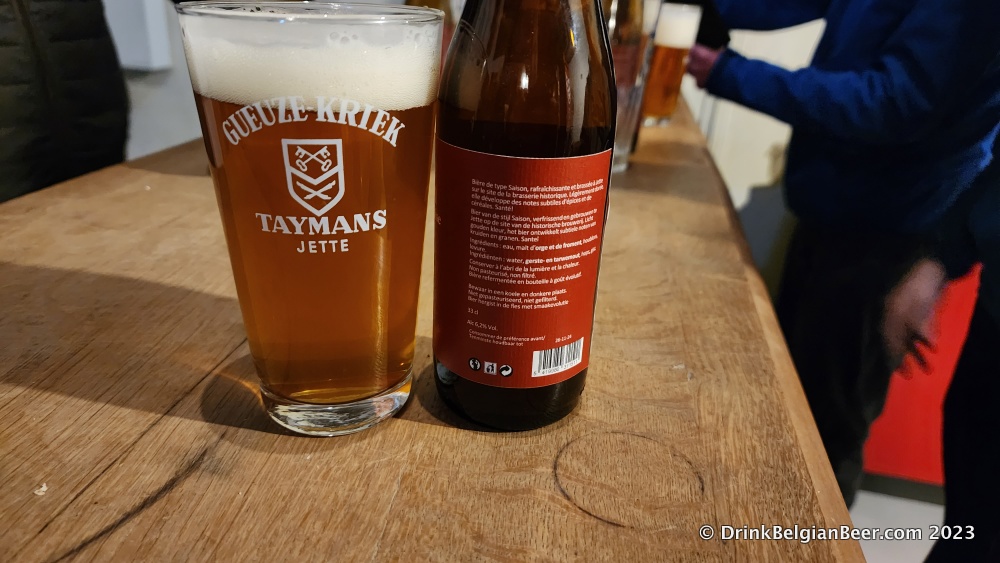
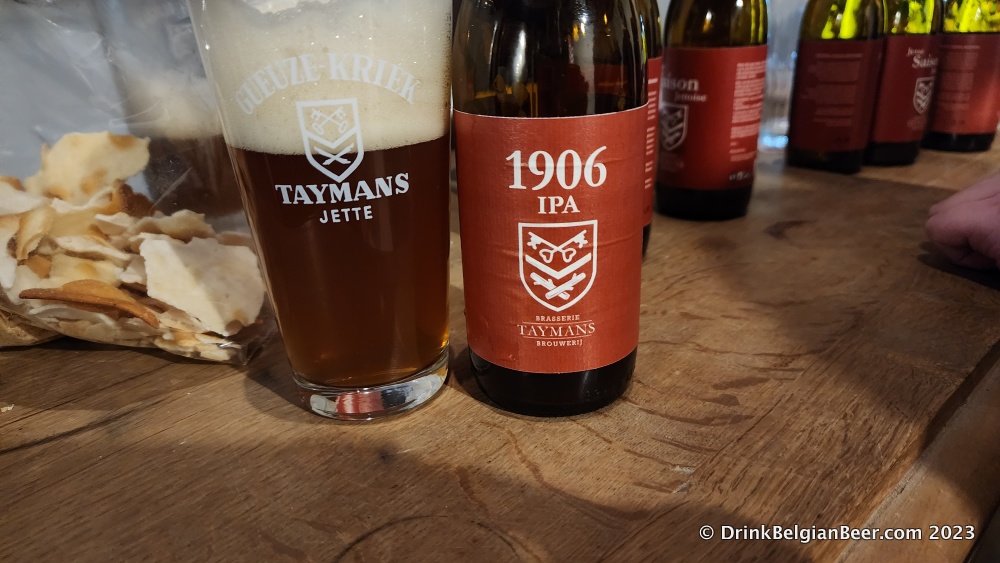
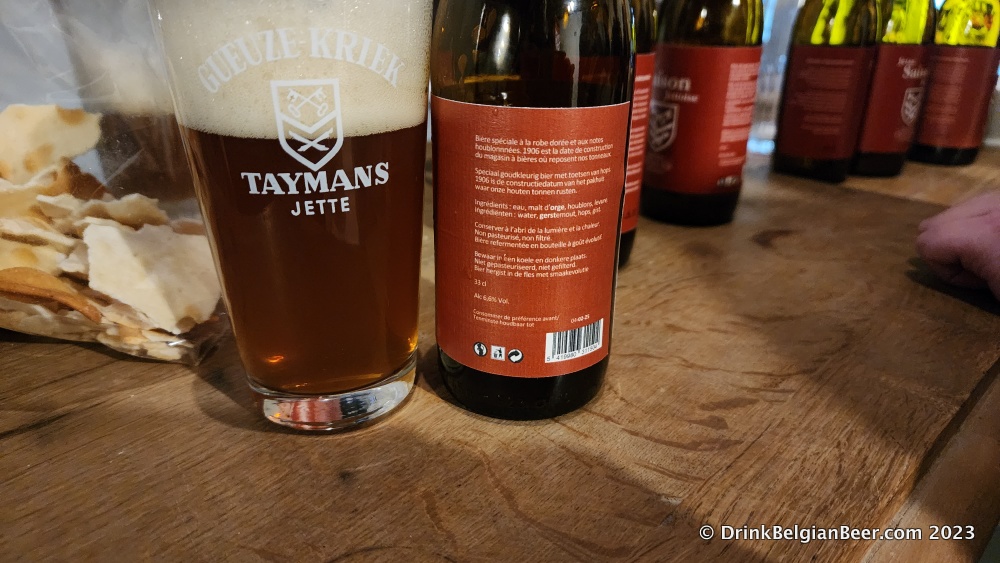
We all found both the Taymans Jettoise Saison and 1906 IPA to be very well made and interesting brews. Note that all of the Taymans beers are brewed on site. Nothing is contract brewed, or brewed elsewhere.
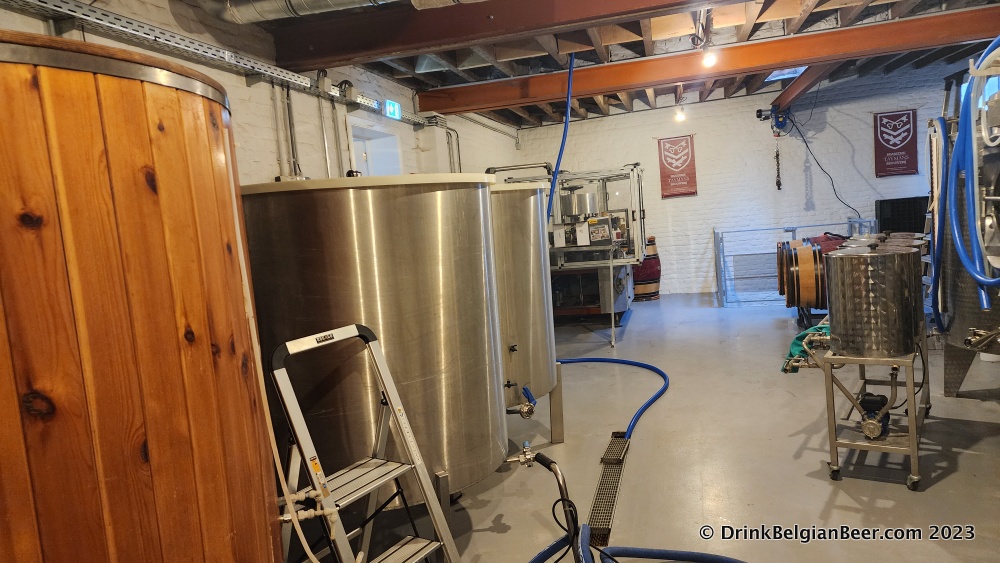
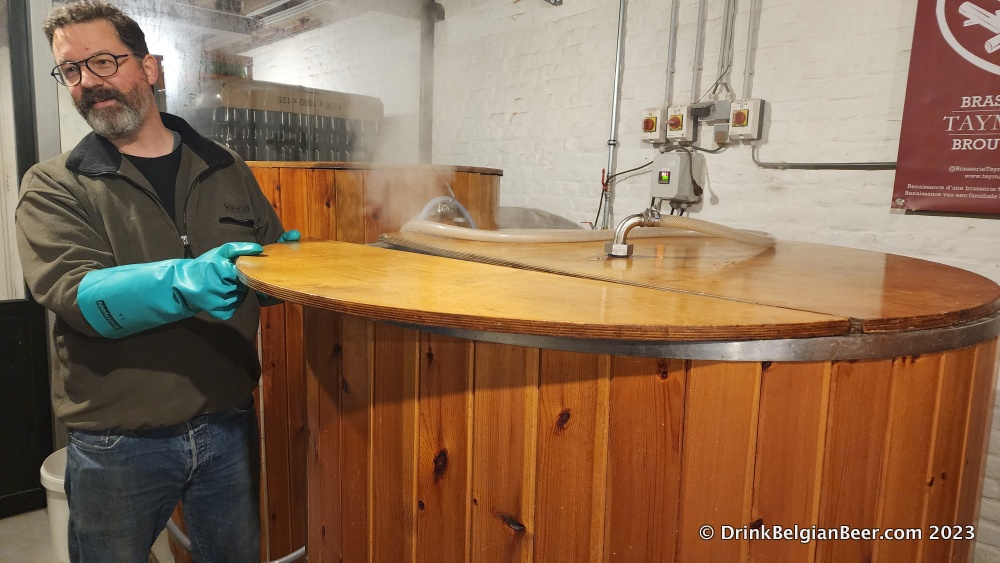
We arrived a bit late in the day, having been at Brasserie Cantillon’s Public Brew Day earlier, but in plenty of time to see some of the brewing, the spent grains being removed from the mash tun, and the wort being pumped into the twin coolships on the top floor of the brewery. Which is always the coolest moment of a lambic brew day.
The mash tun is heated by hot water, as it has no internal heating source. Hot water must be pumped into the mash tun to mash the grains. The brothers agitate and thicken the barley and wheat, and mix these grains with hot water, the old fashioned, labor intensive way: “We mix the mash by hand with a mash staff,” says Jean-Marc. This releases starches (complex carbohydrates) and proteins contained in the grains. Later in the process, naturally occurring airborne wild yeasts (such as Brettanomyces Bruxellensis and Brettanomyces Lambicus) and bacteria will eat these starches, turning them into alcohol.
Wort, a tea-like substance that is the base for what will become lambic beer, is produced by this mashing of the grains. Taymans uses the turbid mash method, as do several other Belgian lambic breweries. This old method produces a wort with a milky, murky appearance, hence the name turbid.
“We boil the wort for a minimum of one hour before it is pumped into the coolship,” Jean-Marc says.
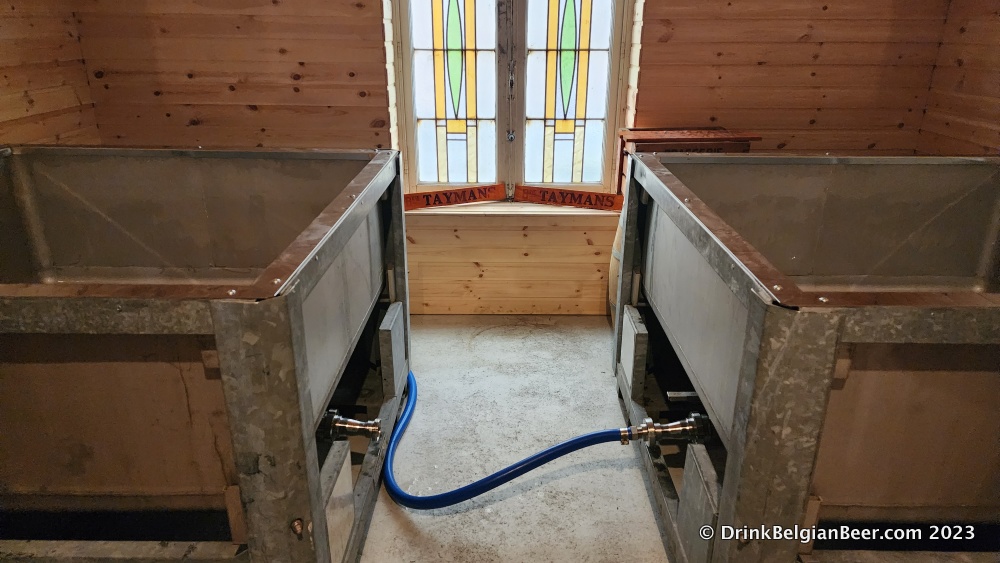
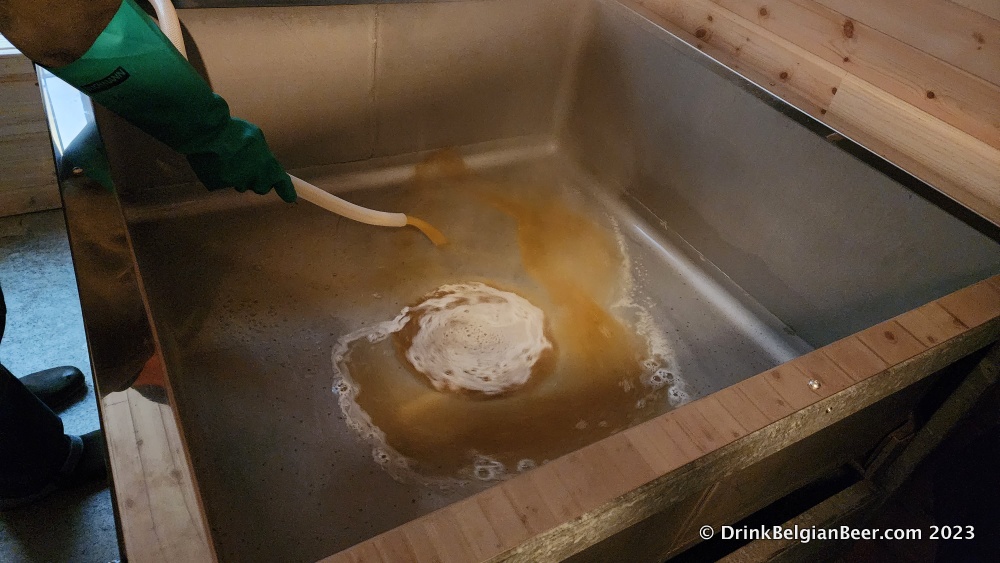
“The twin coolships are adapted from transport tanks that we bought from Brouwerij Alvinne,” says Jean-Marc. “They both have a capacity of 7-hectoliters, though we rarely fill them over 5 hl,” he added.
The current brewery consists of three floors: the ground floor, at street level; where the brewhouse, lab, and offices are located; the barrel cellar and old workshop, housing the lambic barrels, old equipment, and breweriana; and the top floor, where bags of malts and hops are stored, and where the coolship room is located. Note that Taymans only uses certified organic ingredients.

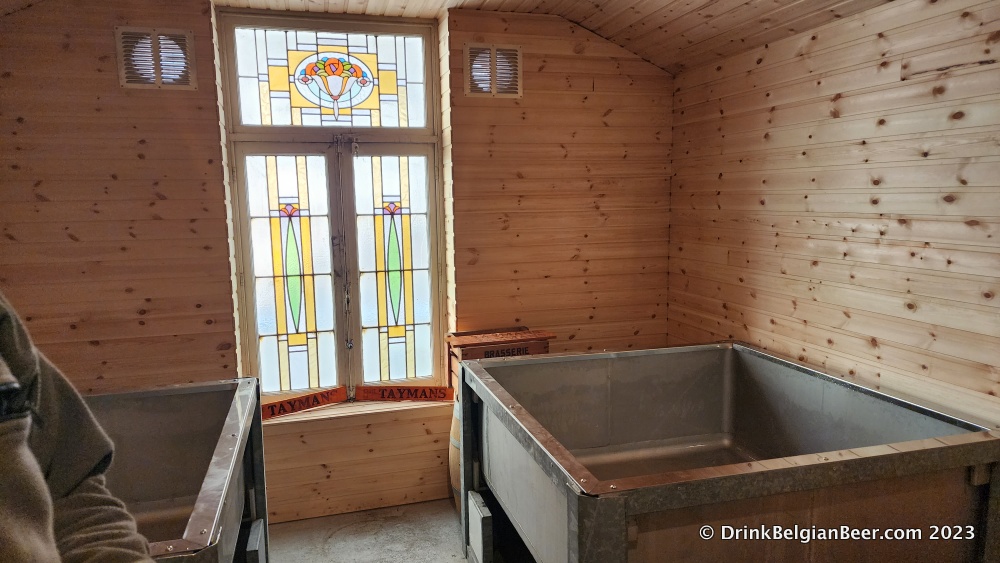
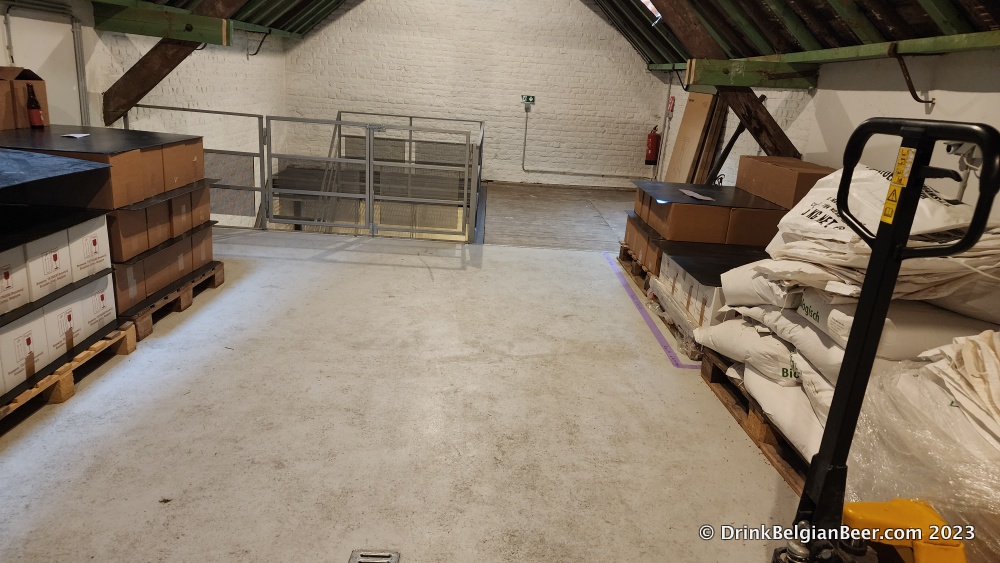
The new brewery has been built in a sustainable way, friendly to the environment. The below info is from the Taymans website:
- Priority use of sustainable energy (solar panels) for brewing
- Heat generated from the brew process is recuperated, including recuperating heat from water vapor which is both energy efficient and eliminates adverse smells in the environment.
- The building has been isolated to reduce the impact of noise and vibration
- The interior has been entirely renovated with new electricity and plumbing as well as brewery compatible floor and drains
Also from the website: “The beer warehouse is now used as private apartments and is also home to the Rayon Vert cultural center on the ground floor, however a large part of the cellar that is also accessible from the new brewing facility is being refurbished for future use in beer maturation.”
The brewery also has a Mission Statement, which partially reads: “The brewery aims to pursue its legacy of producing flavorful beers to share with friends as well as support social inclusion initiatives in favor of Brussels inner city youth.” See the above link for the full Mission Statement.
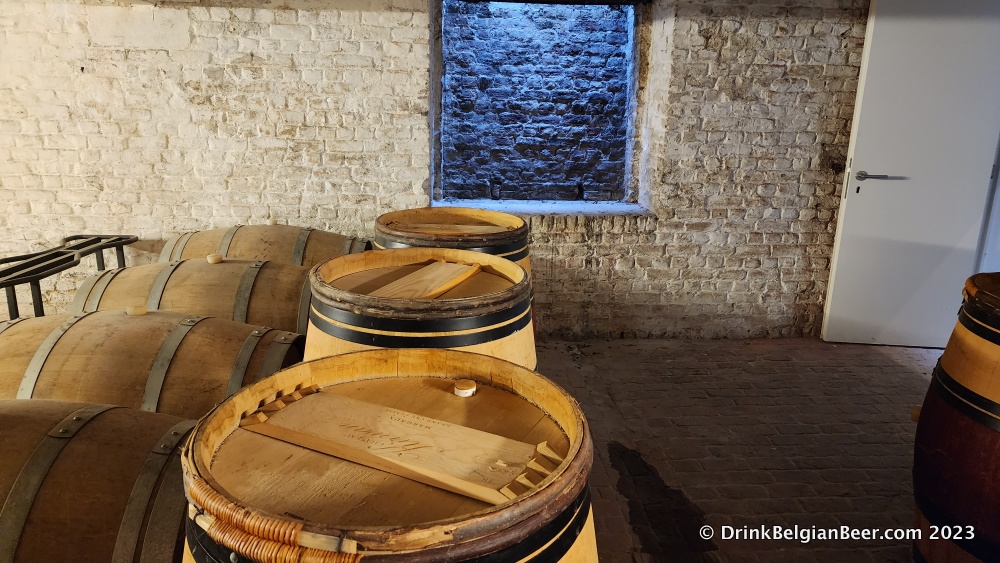
Note that a lambic brewery’s coolship is always located on the top floor of the brewery, next to a window or windows to let in the cold winter air, and along with it, the wild yeasts and bacteria that will infect and ferment the wort and help to later convert it into lambic.
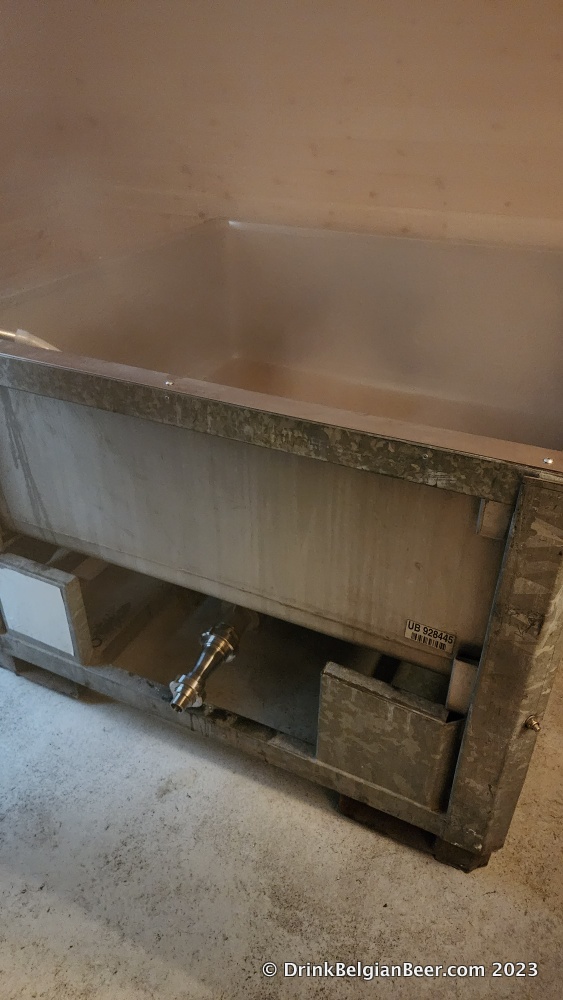
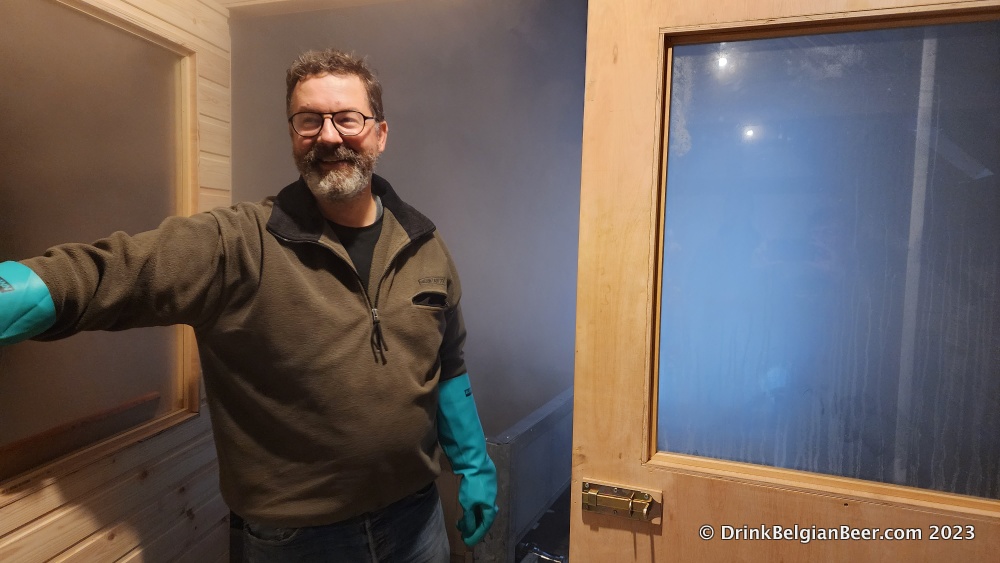
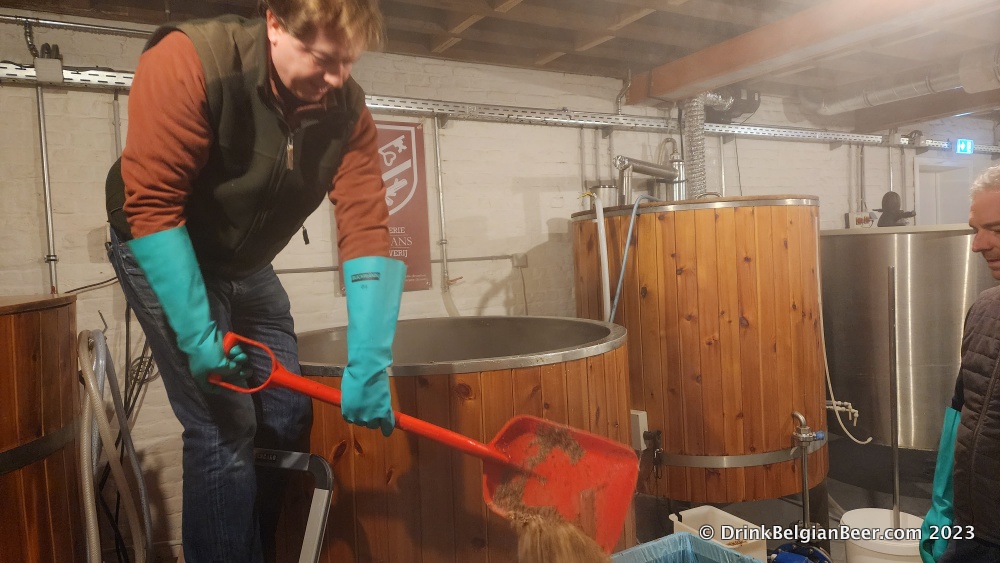
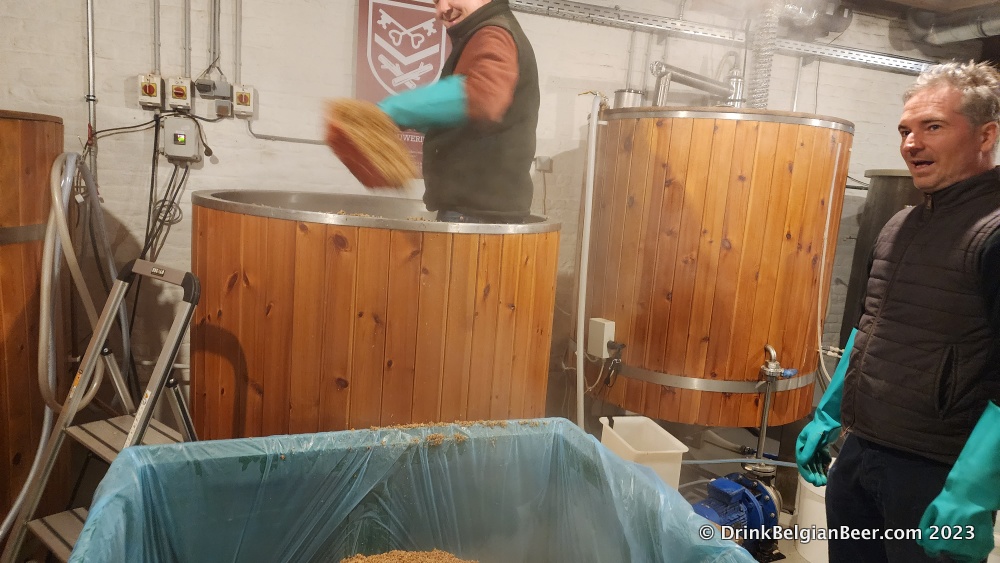
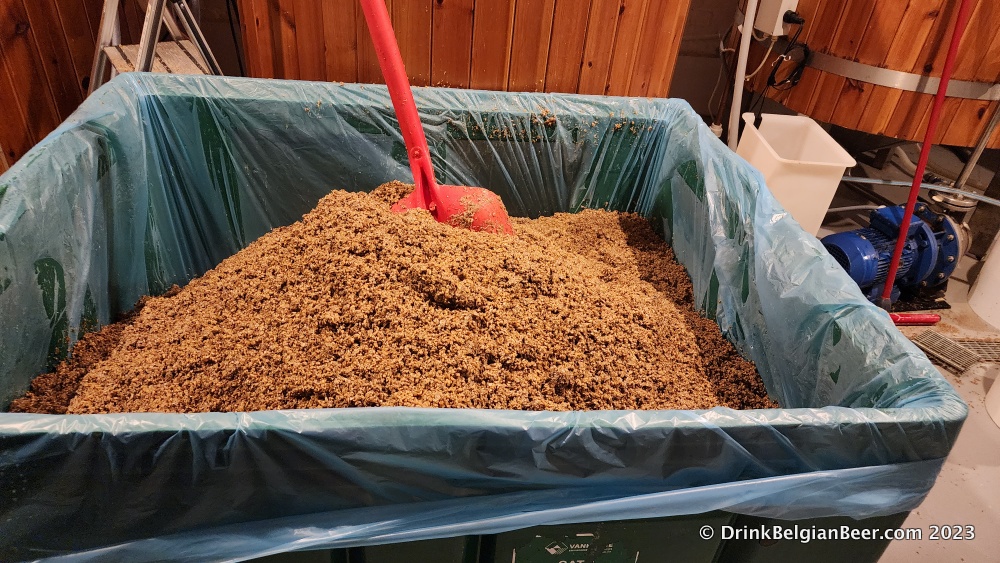
The brewery is located at Rue Henri van Bortonne 46 in Jette, which is just a three minute walk from the Jette train station. Tram 19 and buses 14 and 88 also stop nearby. The brewery has a shop that is open on some Fridays from 4 to 6 pm, where you can purchase their beers and other items. You can see the Taymans Facebook page here for up to date shop openings days. For details, see this page here.
The Taymans beers are also available at the shops and cafes listed here.
Rue Henri Van Bortonne – Henri Van Bortonnestraat 46, 1090 Jette, Brussels-Capital, Belgium
Beginning in January 2024, Brasserie/Brouwerij Taymans will offer guided tours of the brewery, for groups, and by appointment only. Tours are offered in French, Dutch and English. Tours are possible from Monday through Saturday. The duration of the visit is 1.5 to 2 hours. For full details, see this page here. I highly recommend a visit to this historic lambic heritage site and brewery!

For information about tourism in Brussels, see the Brussels Tourist Office website. For info about other breweries in Brussels, see here. For information about beer-focused bars and restaurants in Brussels, see here.
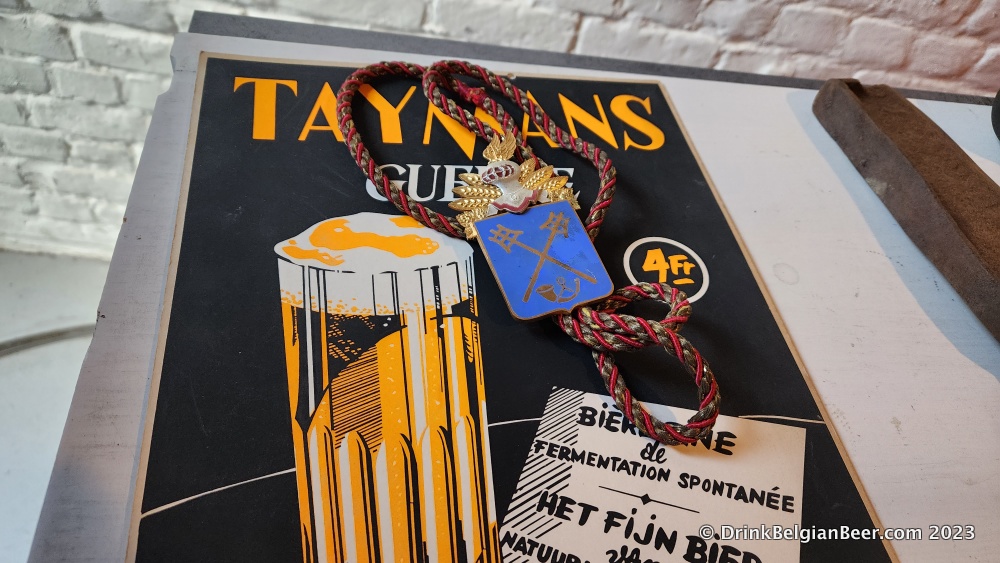
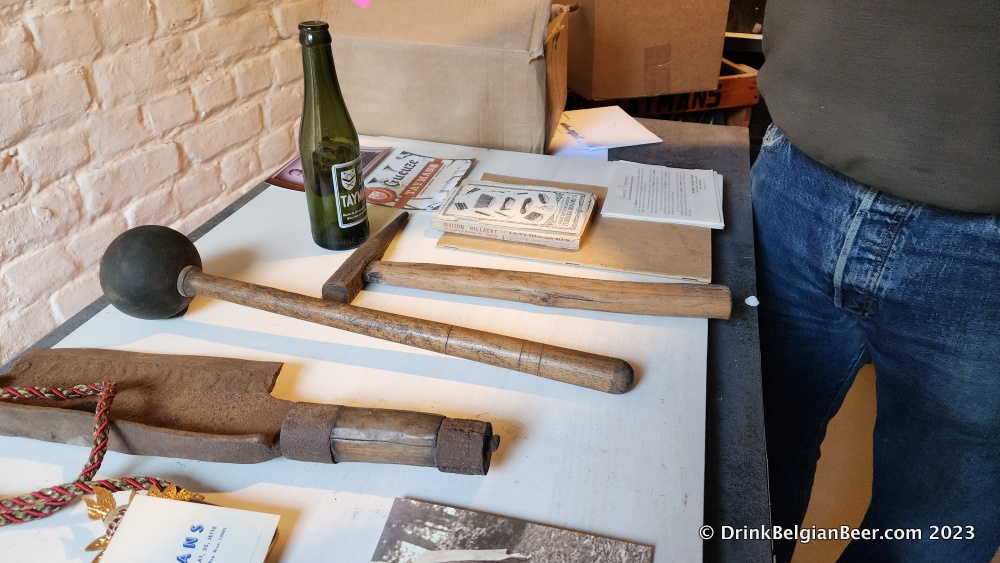
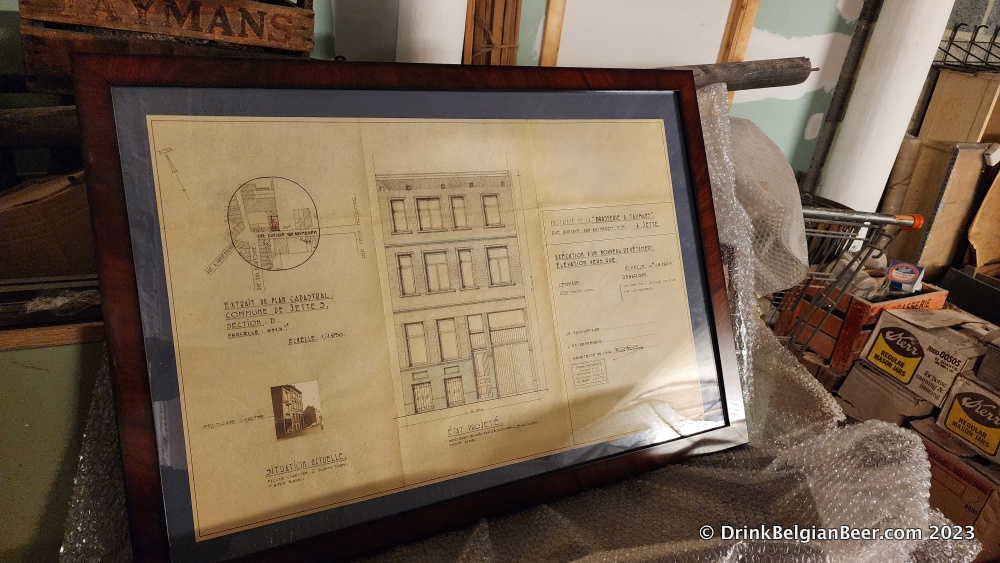

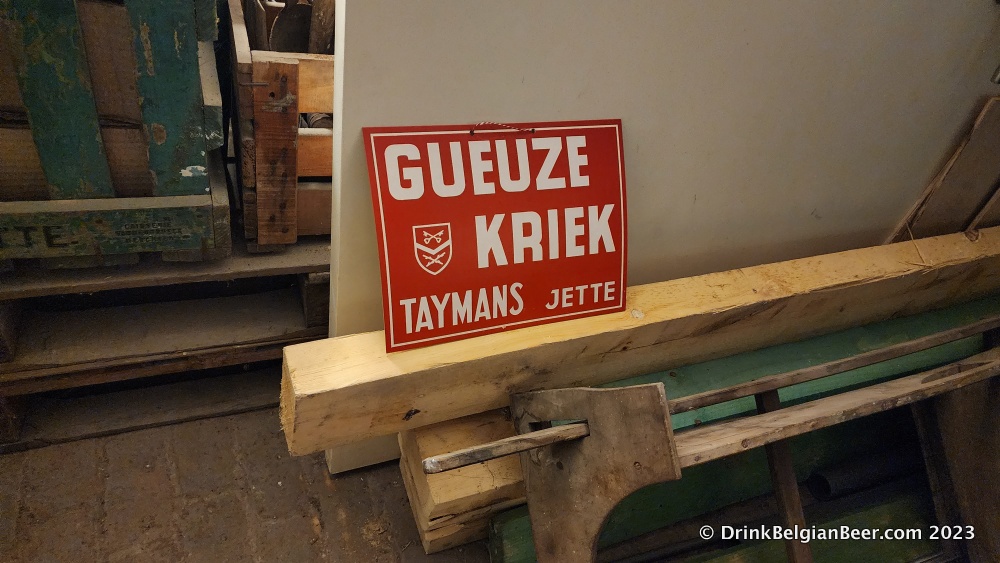
If you like this website, please like our Facebook page here
and our Instagram page here
and our Twitter page here and here

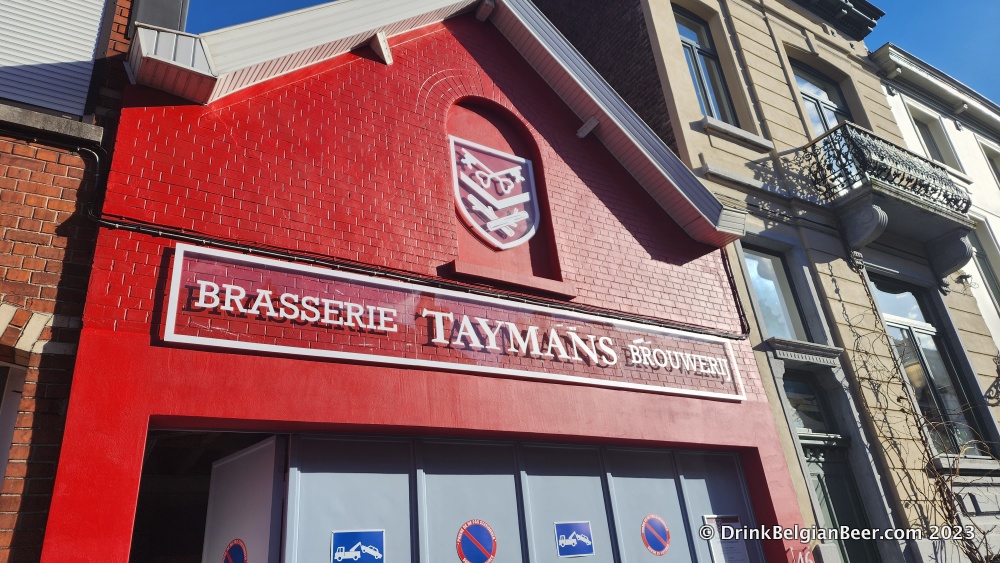
Leave a Reply